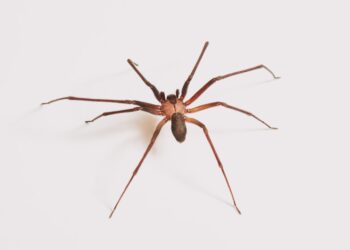Which jungle bird is famous for its vibrant colors and large tail feathers?

Peacock
Sparrow
Pigeon
Crow
What is the main purpose of a capybara’s webbed feet?

Climbing trees
Digging burrows
Swimming and walking through wetlands
Jumping over obstacles
Which of these animals is known for creating “gardens” in the jungle?

Bowerbirds
Elephants
Monkeys
Jaguars
What adaptation helps the toucan eat fruits from branches that are too small to support its weight?

Long legs
Webbed feet
A long, sturdy beak
Camouflage feathers
How does the poison dart frog protect itself from predators?
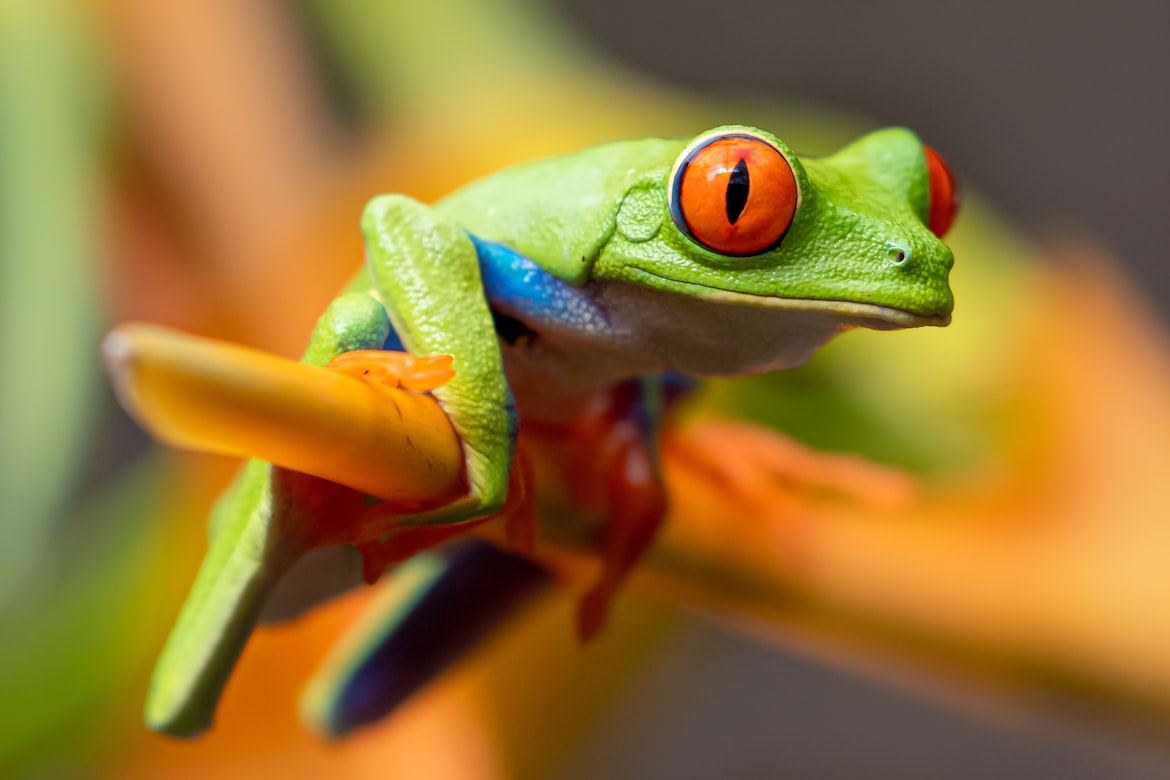
Speed
Camouflage
Poisonous skin
Mimicking sounds of predators
Which jungle mammal is known for its ability to stand upright on its hind legs to reach high leaves?
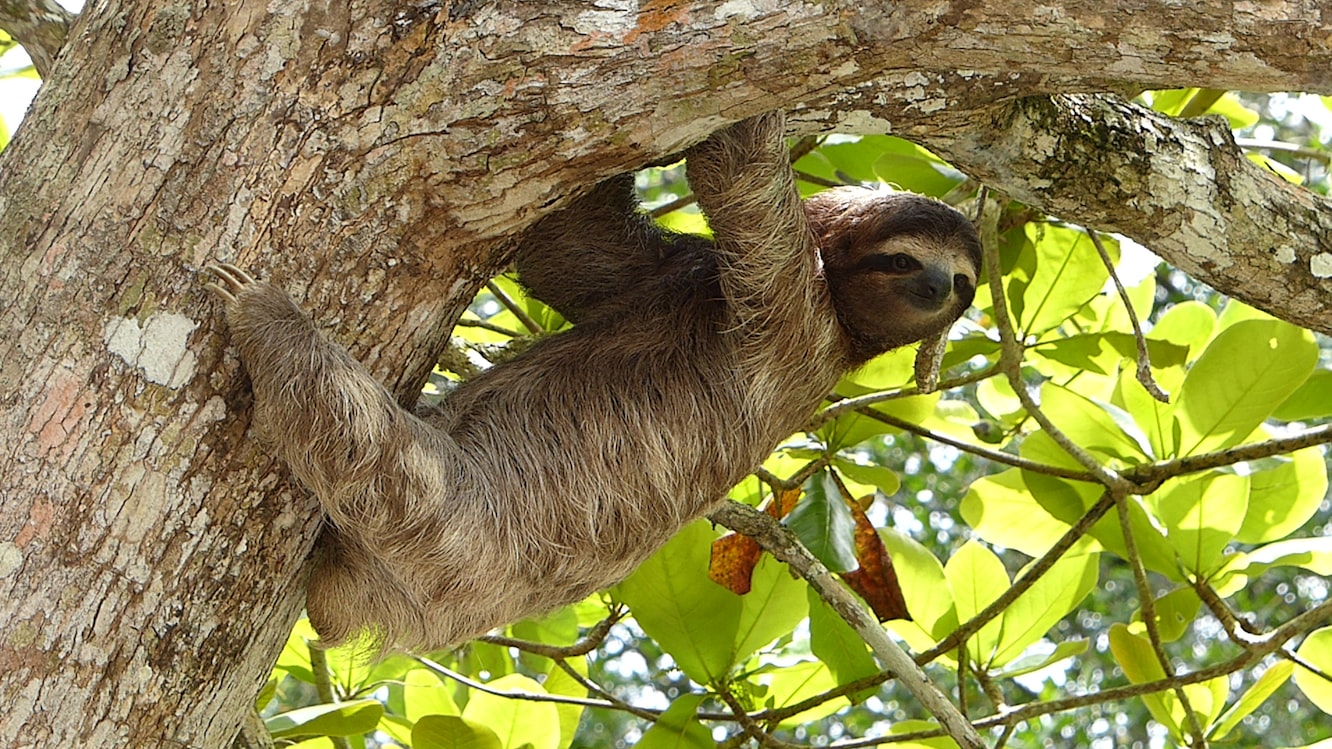
Sloth
Panda
Kangaroo
Giraffe
What unique method do electric eels use to navigate and hunt in murky waters?
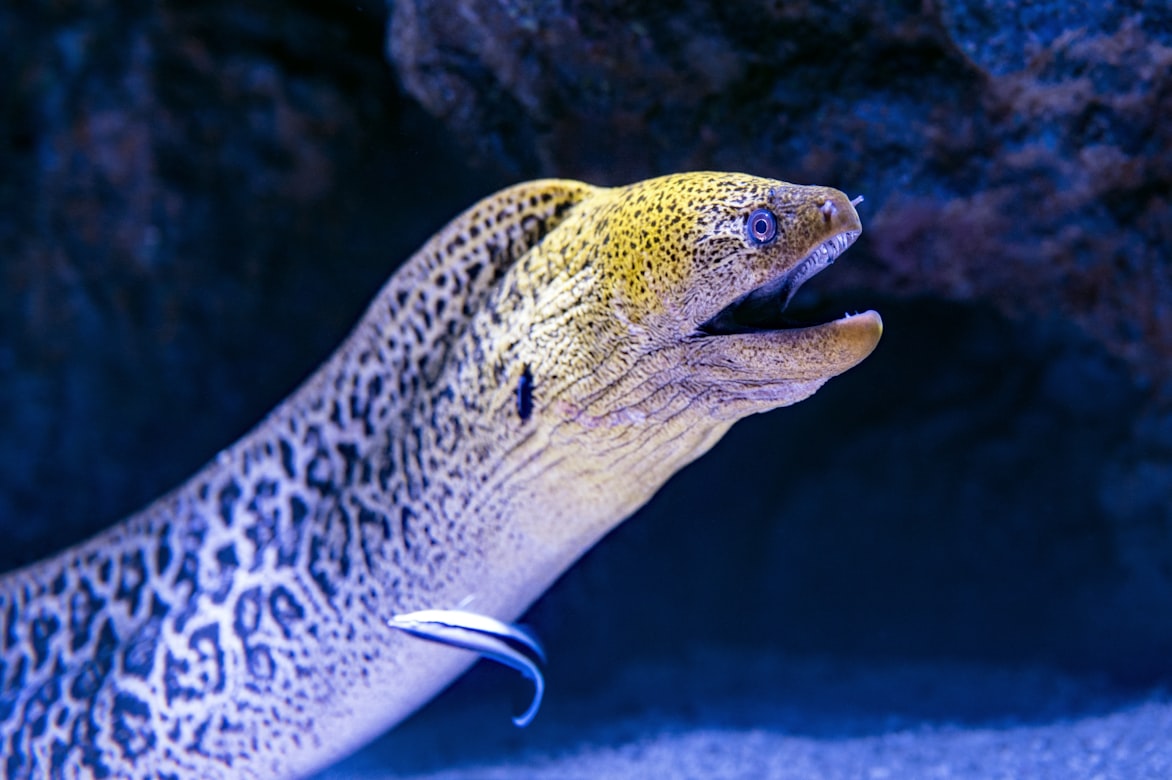
Ultrasound
Bio-luminescence
Electric fields
Vibrations
What is the primary reason for the flamboyant display of the male peacock spider?
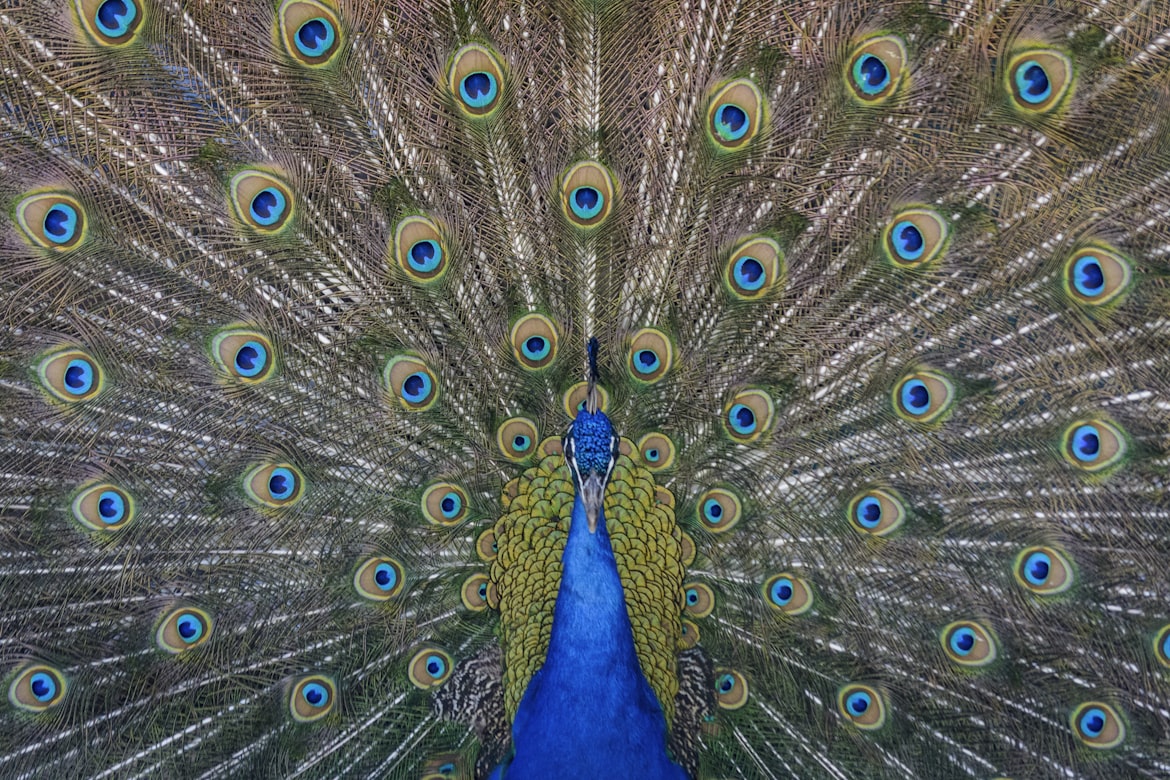
To scare off predators
To attract mates
To claim territory
To mimic other species
How do hummingbirds drink nectar from flowers?
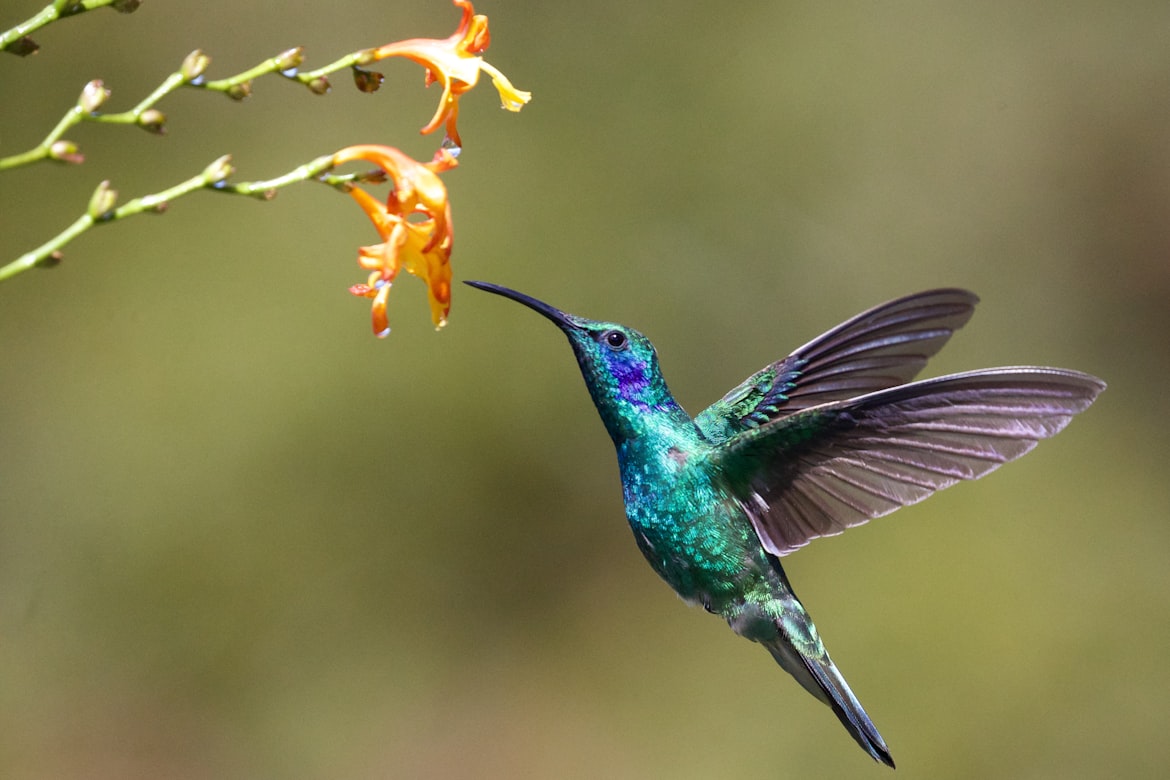
Sucking with their mouths
Using their beaks like straws
Lapping it up with their tongues
Absorbing through their feet
What unique feature allows the basilisk lizard to “walk on water”?
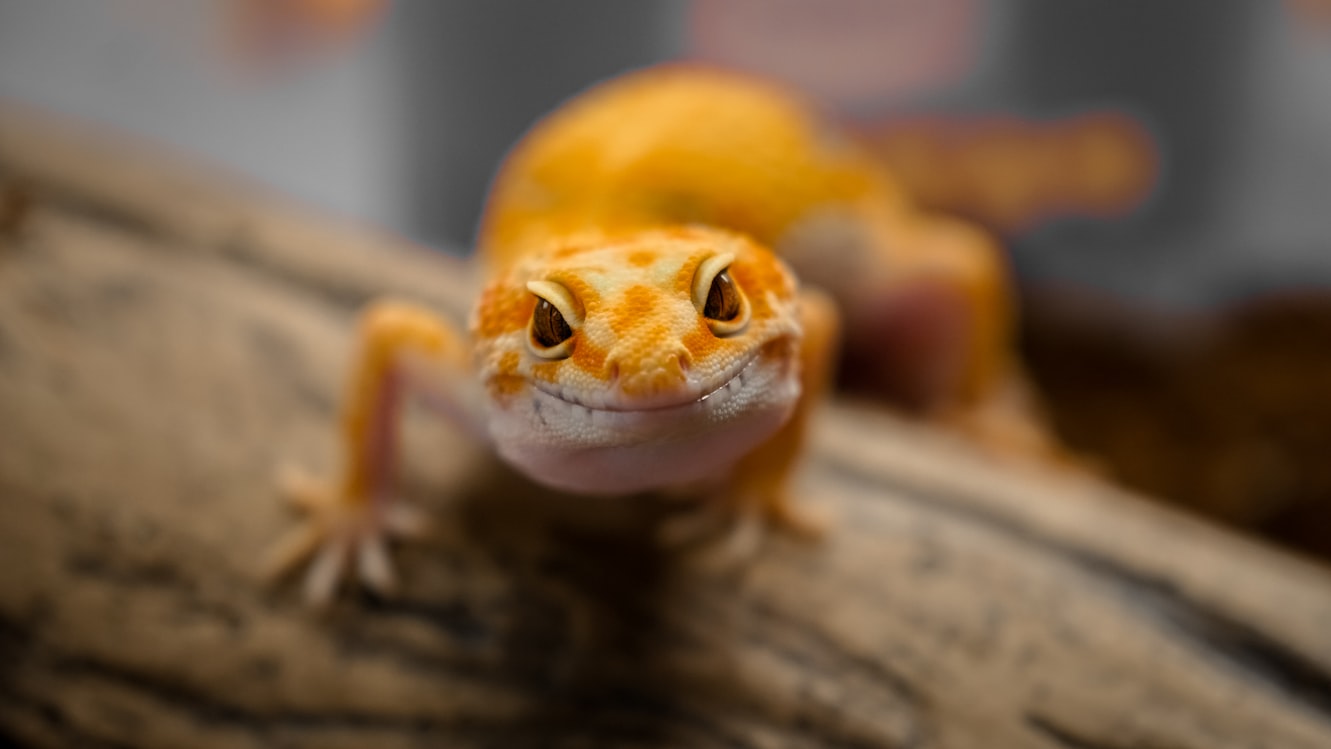
Suction cups on feet
Rapid movement of legs
Webbed feet
Lightweight body
What is the largest cat species found in the jungle?
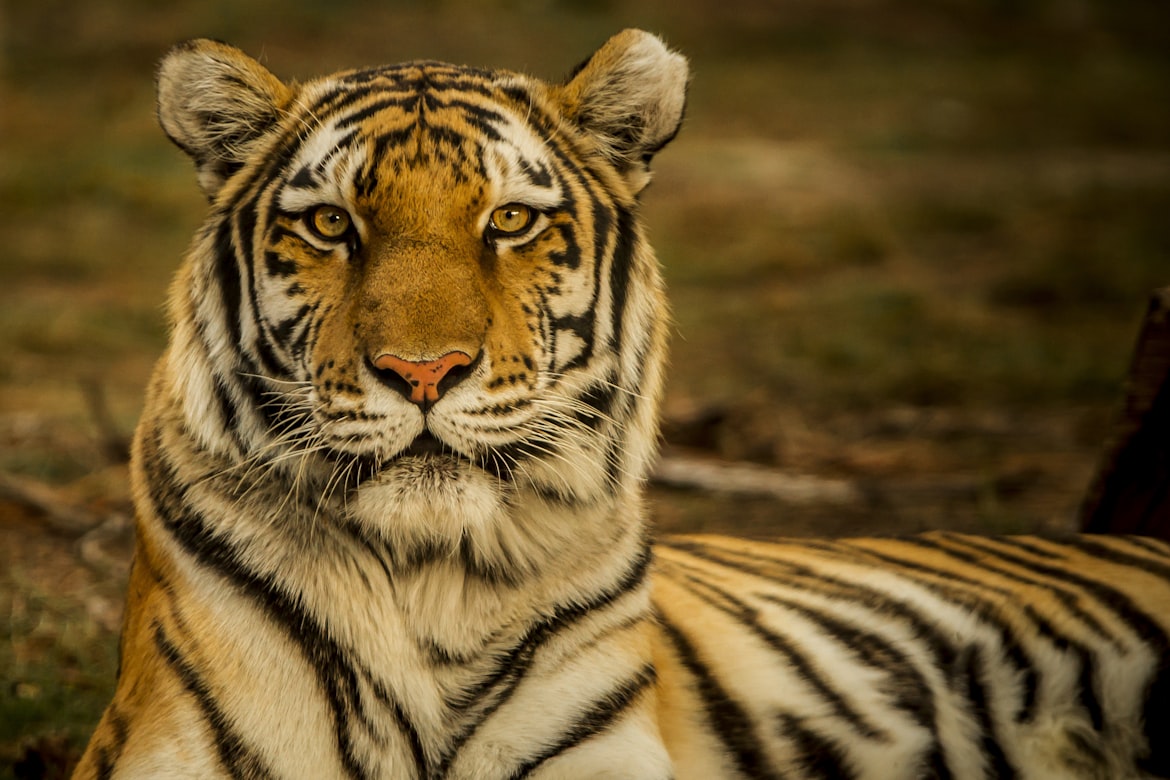
Cheetah
Lion
Tiger
Jaguar
Which jungle animal is known for its impressive ability to mimic human speech?
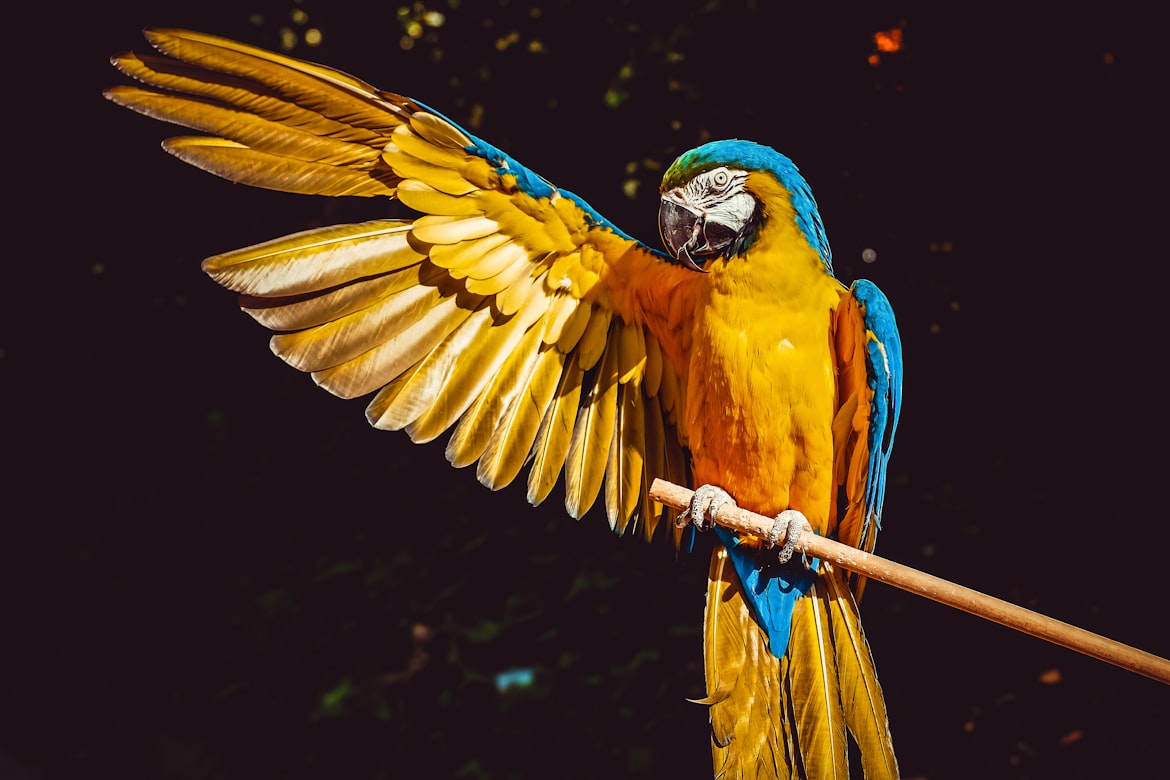
Parrot
Monkey
Elephant
Jaguar
What is the primary diet of the giant panda?

Fish
Insects
Bamboo
Fruits
Which animal is considered the largest primate in the jungle?
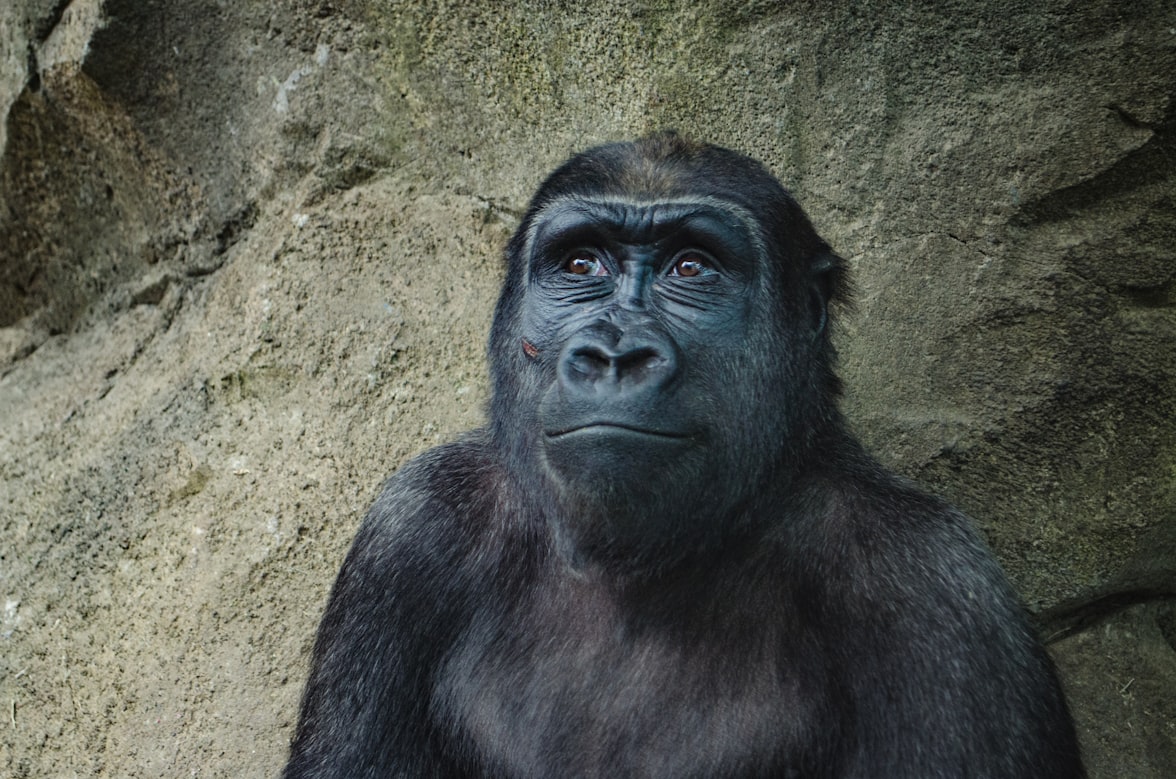
Gorilla
Orangutan
Chimpanzee
Baboon
How do jaguars primarily kill their prey?
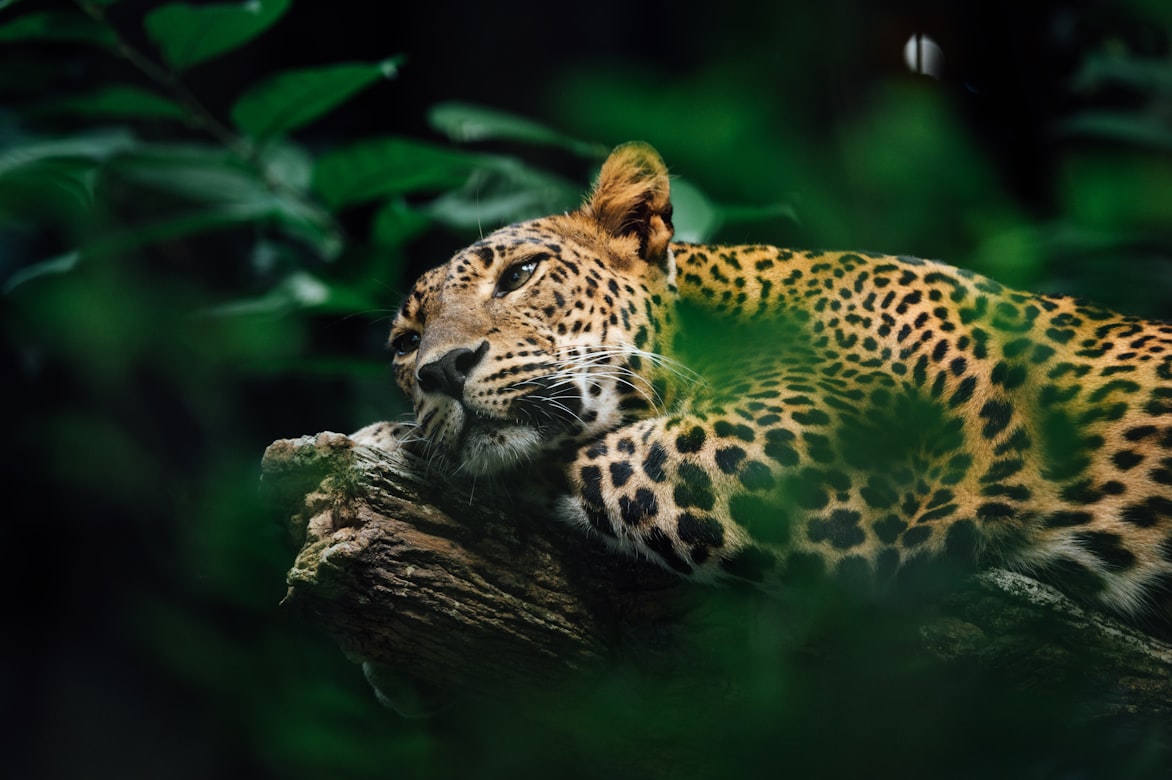
Strangulation
Poison
Crushing the skull
Bleeding out
Which jungle animal has a long, prehensile tail used for gripping branches?

Tiger
Parrot
Spider Monkey
Elephant
What unique feature distinguishes rhinoceros hornbills from other birds?
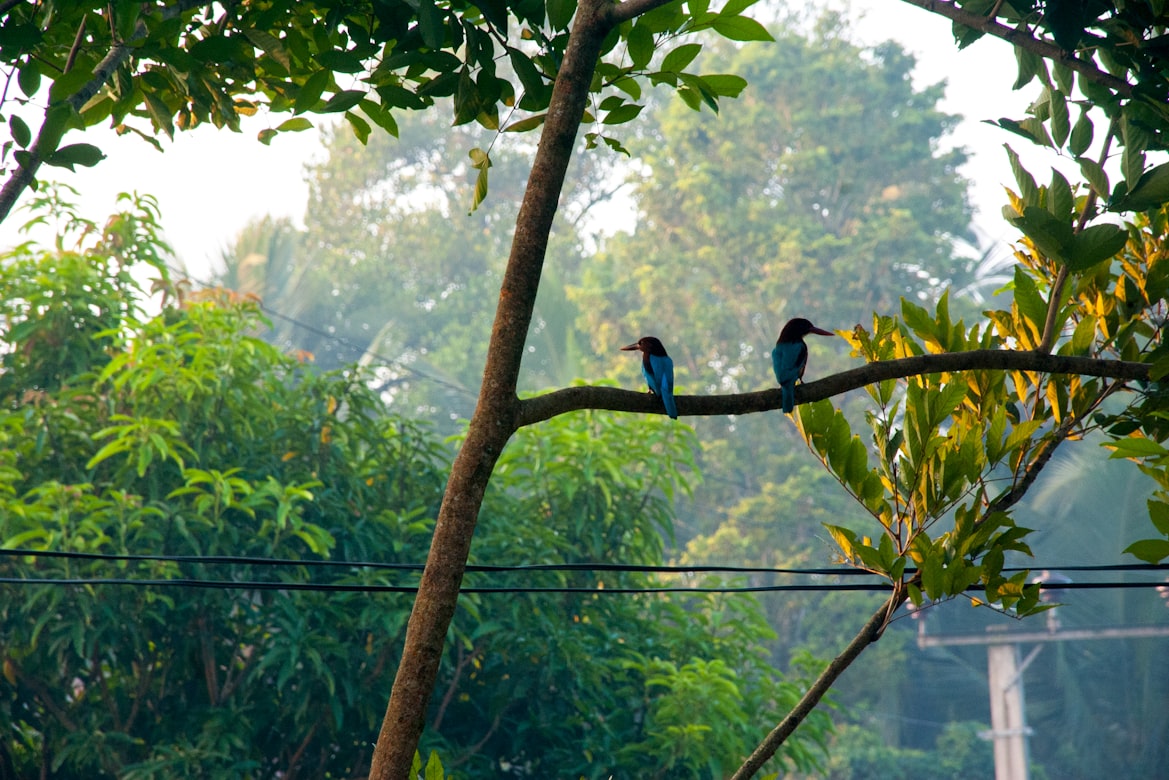
They have a second set of wings.
They possess a large, bony casque on top of their beak.
They have no feathers.
Their beaks glow in the dark.
Which of these animals is a nocturnal predator in the jungle?
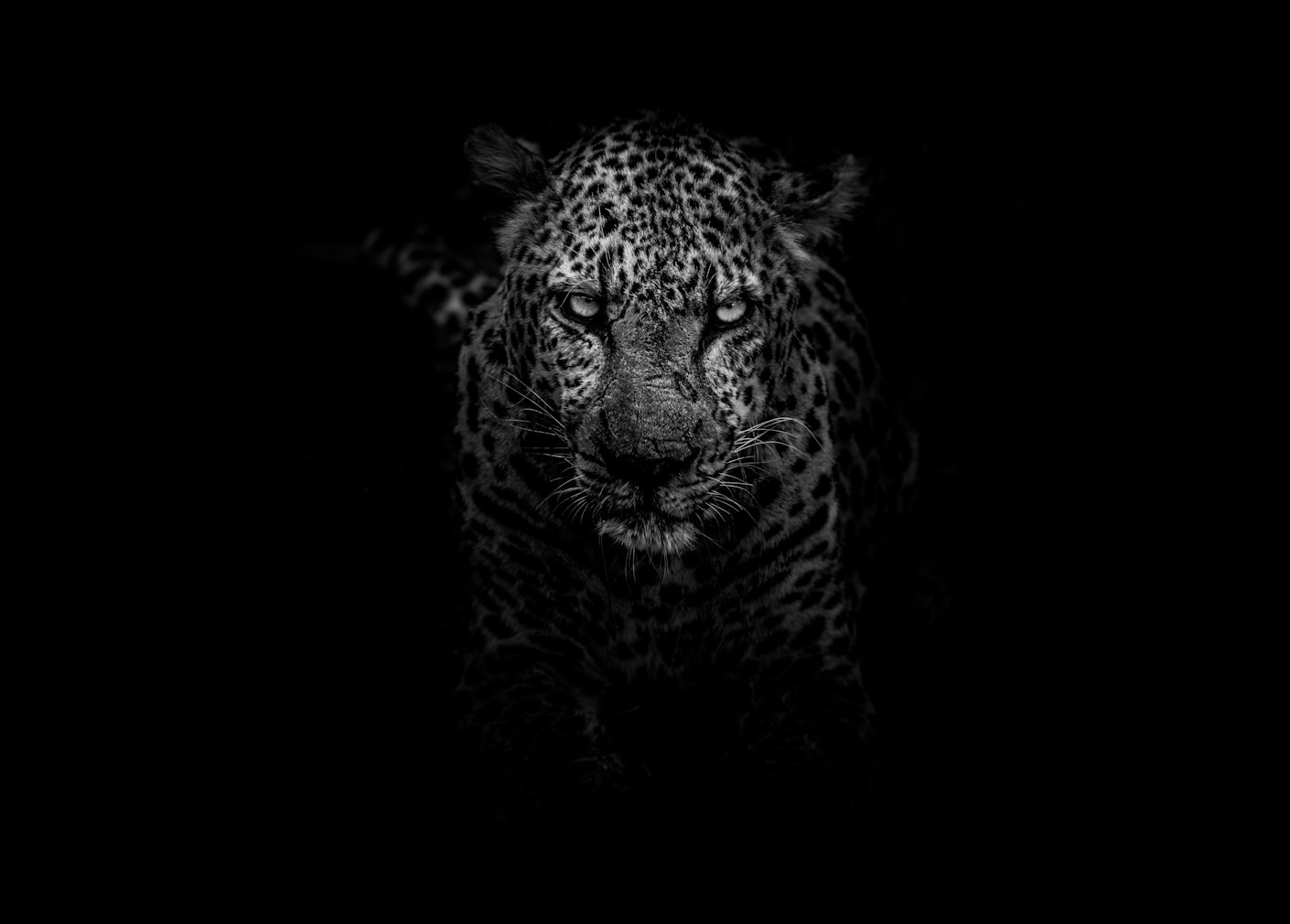
Lion
Gorilla
Elephant
Leopard
What adaptation allows sloths to live most of their life in the trees?
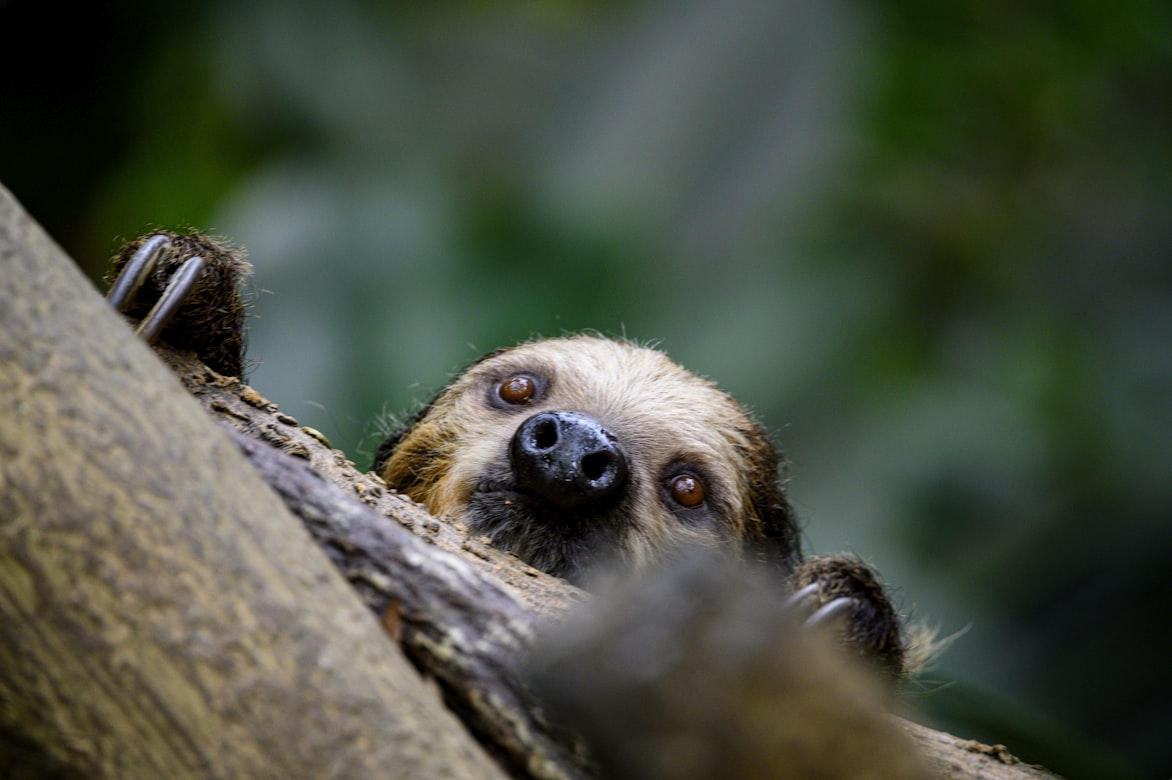
They can fly short distances.
Their fur grows algae to camouflage with the trees.
They have webbed feet for swimming.
They can hold their breath for an hour.
Which jungle animal is known for building dams and lodges as part of their habitat?

Beaver
Otter
Monkey
Crocodile

Jungle Novice
You didn’t do very well on this quiz.

Jungle Visitor
You performed decently on this quiz.

Jungle Pro!
You did great on this quiz.




